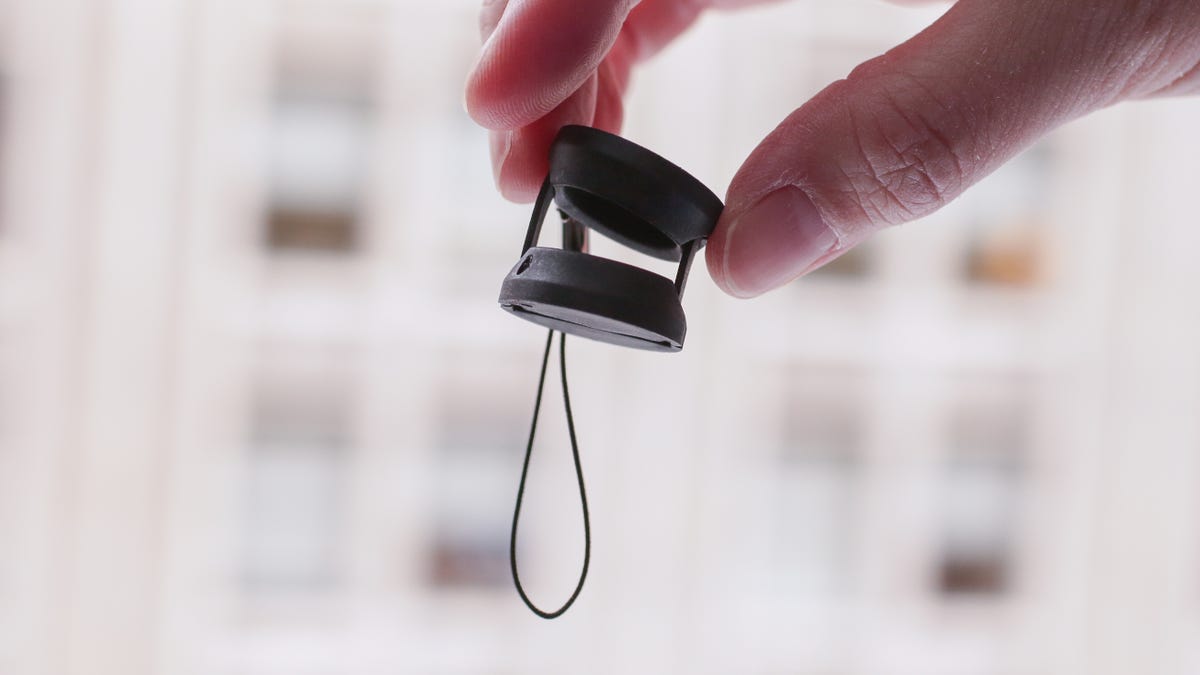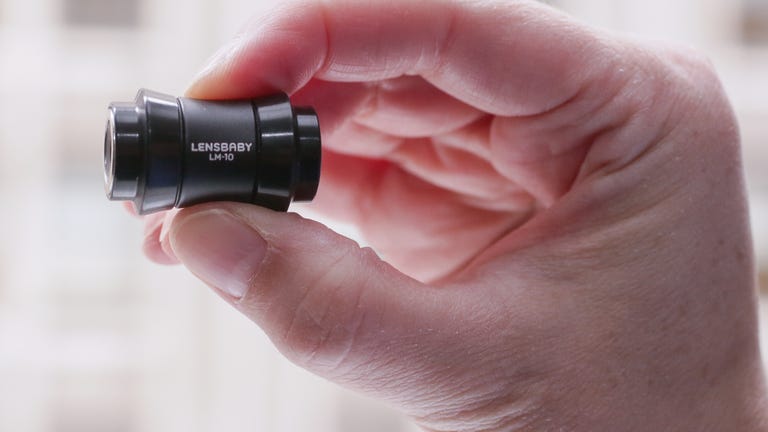 Why You Can Trust CNET
Why You Can Trust CNET Lensbaby LM-10 Sweet Spot Lens for Mobile review: Lensbaby mobile lens more fun than a barrel of filters
Sure, it essentially has only a couple of tricks, but it's relatively inexpensive and low-commitment.
Lensbaby took its signature special-effects lenses for interchangeable-lens cameras (like the Spark and the Edge 80) and shrank them down to phone size. The Lensbaby LM-10 Sweet Spot Lens for Mobile, which began as a Kickstarter, is now available for all at $70. That will run £45 and AU$80 for shoppers in the UK and Australia, respectively, via Lensbaby's site.
The Good
The Bad
The Bottom Line
The LM-10 produces Lensbaby's signature effect of a "sweet spot" of focus surrounded by a highly exaggerated blur. While you can get similar effects digitally, as far as I can tell no one has quite replicated the blur that's produced by real optics, even with the defocus algorithms built into many recent cameras and phones. With the lens, you get an effect that's very similar to the one you get when zooming a lens while shooting, a combination of motion blur and depth-of-field blur.
The hardware for Apple and Android phones is the same -- an adhesive metal disk that you attach around your phone's lens and a roughly 17mm-equivalent lens magnetized on both ends. It's attractive, made of anodized aluminum and glass, and feels well-constructed.
The lens is kind of long, but the adhesive and magnet hold pretty well; it's a lot grippier than the preproduction version I used. However, I stand by my initial complaint that the spare disc will get lost really easily.
Plus, I really didn't want to stick it to my HTC One; while the actual camera lens is small enough, it's covered by a bigger disc of either plastic or glass. I can't stomach the thought of adhering something to that. I'm more OK with glue on metal.

Each platform has an app that provides a much better shooting experience than a stock camera app. In conjunction with the lens, Lensbaby's camera app offers the basics. You can select to have the area of focus in the center or move it a bit off-center; lock the white balance and exposure or invoke spot metering; apply a black-and-white or sepia filter; and shoot video or still photos. A slider down the side of the screen allows you to adjust how much sharpening gets applied to the sweet spot.
I enjoying using the LM-10 a lot. It's especially neat for video, and I like setting a focus area and seeing what happens as objects and people move in and out of it. And it's interesting for night shooting: phone photos are generally too noisy and shaky to do much with, but the combination Lensbaby effect and monochrome filters kind of work with that.
Lensbaby plans to sell additional lenses that will be able to magnetically attach to the base lens for combination effects, though I'm not sure when to expect the next one. Soon, I hope.
However, it's not without its problems. First, at least with the iPhone 5S, images look fine scaled down but the inherently bad image noise of that camera becomes amplified when adding a lens (which reduces available light) and performing extra processing on top of the already-processed data that the app receives from the operating system. That's not Lensbaby's fault, though. I'd be interested to see how the system worked with, say, the raw data that, say, the Nokia Lumia 1020 can pass or if the company could update the app to take advantage of iOS 8's expanded camera programming interface access. And there's as-yet no app for Windows Phone devotees.
The price for the Lensbaby LM-10 is low enough and the mount unobtrusive enough -- in many cases -- that I highly recommend it for people looking to enliven their camera photography but still merit a #nofilter.


